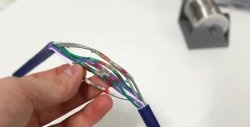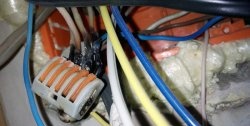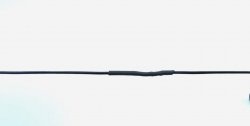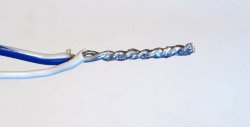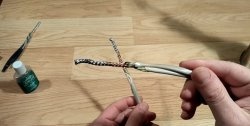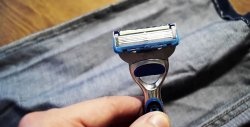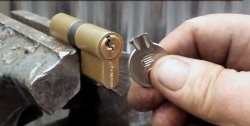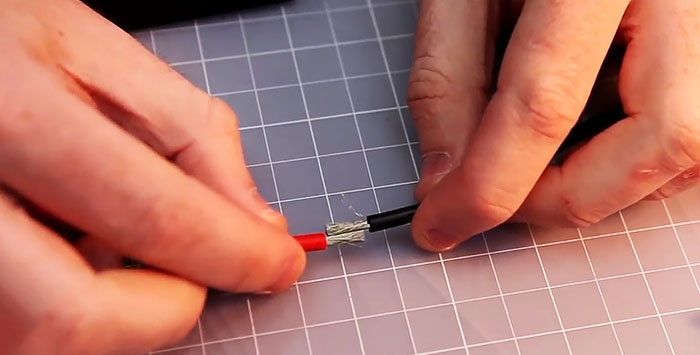
Tools and materials:
- solder;
- flux or alcohol solution of rosin;
- soldering iron;
- thin copper wire;
- stripper or mounting knife.
Preparing wires and soldering
The ends of the wires must be cleaned of insulation with a stripper or knife. It is enough to open about 1 cm each. The exposed stranded strands should be fluffed up and joined at the ends.


When connected, they will fan out, so you will need to gently squeeze them with your fingers.
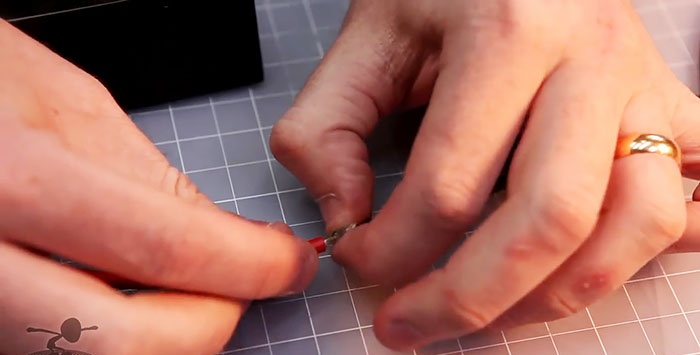
The cores at the splice point are wrapped with thin copper wire, preferably thicker than the individual wires in the wires being connected. It can be obtained from the cable PVZ, ShVVP and the like.

The winding should be carried out at medium frequency. If you lay the coil to the coil, the result will be neater and stronger. When winding, the wire should be tensioned; upon completion, its ends are connected by twisting or inserted into cores. The resulting bandage must be finally tightened. To do this, the connected wires are stretched. The more you pull them, the more the veins are compressed by the bandage. As a result, the connection will be no less resistant to breaking than a solid cable.

The exposed conductors at the splice site must be coated with flux or an alcoholic rosin solution. After this, the bandage and cores are heated with a soldering iron.
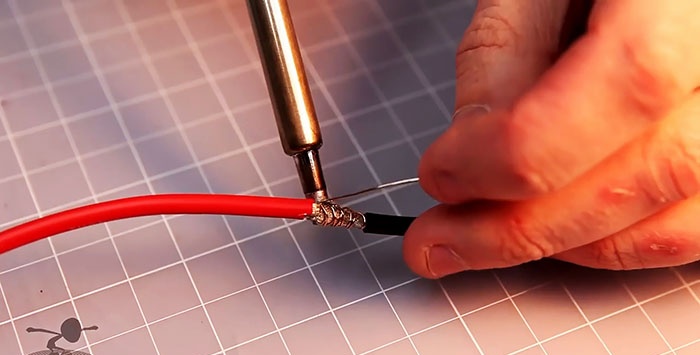
Solder is applied to the hot areas. As it melts, the soldering iron tip needs to be moved further to heat new places. Molten tin penetrates under the bandage and the voids between the interposed core wires. The solder does not drip and lies very smoothly.

The proposed soldering method produces a very mechanically strong connection. Using a bandage eliminates wastage of tin, since it does not flow down and hang in drops. The splice itself looks neat and creates minimal resistance. If you use a sufficiently powerful soldering iron, then each connection can be prepared in a couple of minutes.
